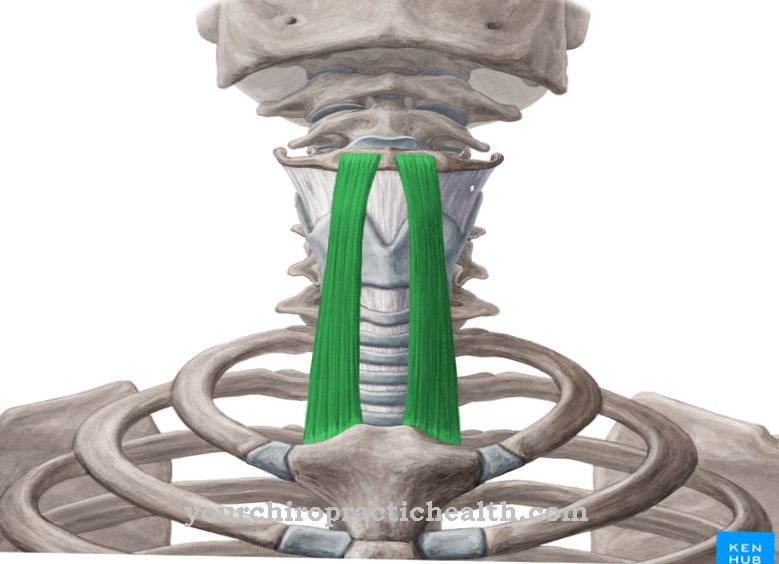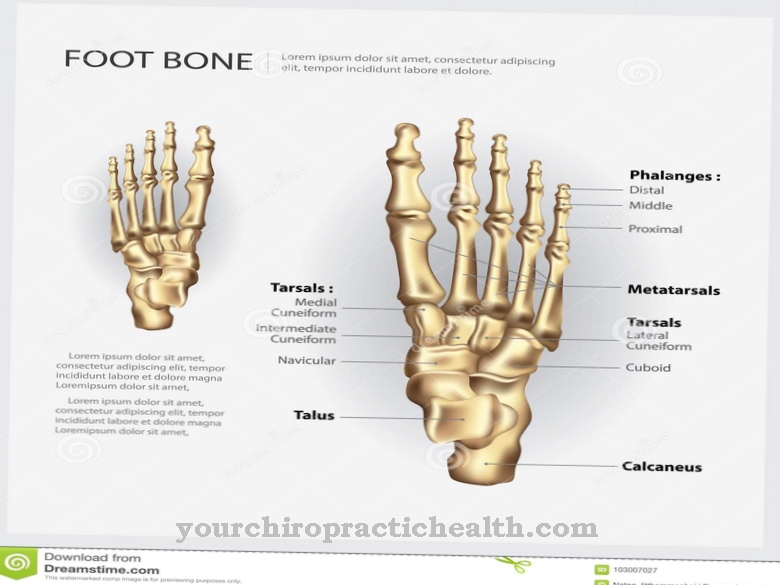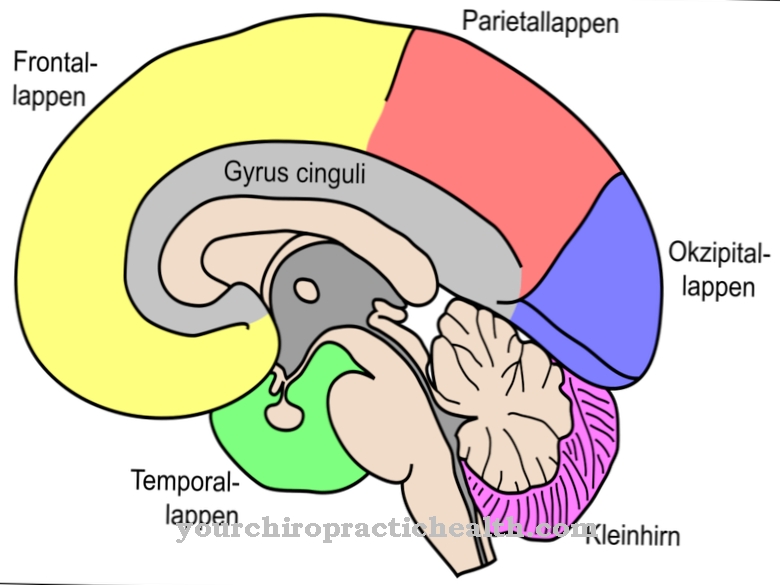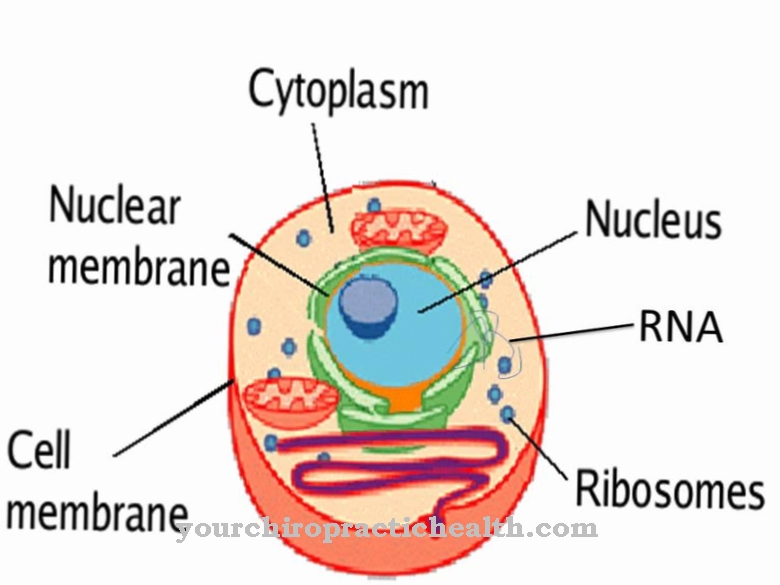At Chromosomes it is the transmitter of genetic information. They ensure that the parents' physical characteristics are passed on to their children. At the same time, serious diseases can arise if the chromosomes are disrupted.
What are chromosomes?
DNA are the basis for inheritance. This lies curled up in the form of Chromosomes in front. Humans have 46 chromosomes. Of these, 23 come from the mother and 23 from the father. With the exception of germ cells, every cell in the human body has 46 chromosomes.
The number of chromosomes differs from species to species, but does not provide any information about the development of the organism. For example, blackbirds have 80 chromosomes. The chromosomes appear in homologous pairs.
This means that two chromosomes are responsible for reproducing genetic information. Of the 46 chromosomes, two are known as gonosomes. Your job is to determine the gender. The chromosomes are located in the cell nuclei, which are also known as the carriers of the genetic material.
If you were to unroll its structure, it would measure about 2 meters in length. The chromosomes also divide during cell division. This process is called mitosis or meiosis. Meiosis takes place in the germ cells, egg and sperm cells, and mitosis in all other body cells. The existing chromosomes are reproduced in such a way that they are always identical.
Anatomy & structure
Chromosomes are made up of two halves. These are often not of the same length and are called chromatids. In the middle, the halves cross. Chromosomes that unite at one of the ends of the chromoatids are called submetacentric. The arms appear shortened. The place where the halves meet is called the centromere.
In the course of mitosis or meisoe, the chromatids divide at the centromere and are drawn to the cell ends. Since every cell contains genetic information, it is necessary that this is also duplicated during cell division. The chromatids consist of rolled-up DNA. This in turn staggered into a double strand.
In the double strand, two base pairs are combined with one another. These face each other and are complementary. Of the four different base pairs, only two ever match. The arms of the chromosome are usually in a position that looks like an X.
Function & tasks
Chromosomes have two special tasks: on the one hand, they determine the child's sex, and on the other hand, they provide all the genetic information that is necessary. These include, for example, the color of eyes and hair. The inherited information comes from the mother and father. That is why the chromosomes always appear in pairs. The traits are inherited in a dominant or recessive manner.
Since the mother and father pass on the same characteristic in each case and thus, for example, the information would be available for two different eye colors, one of the characteristics must prevail in the further course. In addition to external events, the chromosomes are also responsible for the development of skills and behavior. In addition, they can transmit existing diseases to the newborn. On the other hand, acquired properties, such as large muscle mass, are not inherited.
Only the 23rd chromosome, the so-called gonosome, plays a role in gender. The sex chromosomes differ in X and Y chromosomes. Women have two X chromosomes, men have an X and Y chromosome. Accordingly, it is the sperm that ultimately decides which sex is inherited, because women only have X chromosomes and therefore cannot pass on a Y chromosome.
Ailments & illnesses
Without the chromosomes, inheritance could not take place either. Accordingly, major complications can arise if the number or shape is incorrect.
Down syndrome, also known as trisomy 21 in specialist circles, is particularly well known. The name already provides information about the problem at hand: the 21st chromosome exists 3 times instead of twice. Affected children show developmental disorders, but also physical complaints such as heart defects.
In Turner syndrome, on the other hand, one chromosome is missing. The disease can only affect girls because the missing chromosome is the second X chromosome. Patients report short stature and infertility. In the case of chromosome disorders, it is noticeable that in women who have two X chromosomes, damage to one of the gonosomes can be compensated for.
However, this is not the case with men. The fact can be explained by the fact that men only have one X chromosome, which means that defects in this cannot be compensated for. This results in hereditary diseases that almost only affect men. Examples of this are red-green disease, hemophilia or Duchenne’s muscular dystrophy. In very few cases, the patients are women.
In general, defects in chromosomes can occur during cell division, the fusion of egg and sperm cells or during the formation of germ cells. Such a process results in too many or too few chromosomes. It is also possible that the structure of the chromatids is damaged. In addition, it cannot be ruled out that certain external influences have a negative effect on the chromosomes. These include, for example, radiation or some chemicals.
Diseases that are based on a defect in the chromosomes cannot be treated. It is only possible to mitigate the resulting consequences.
























.jpg)



